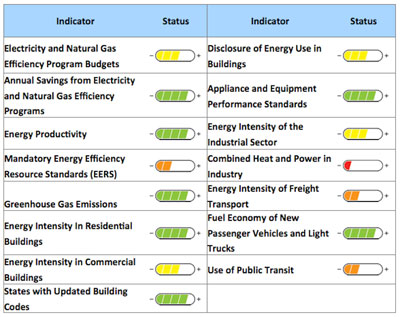How do you encourage people to become more energy efficient or put solar on their roof? Behavioral scientists have been saying for years that one of the most effective ways is to compare people with their peers.
This is the first time we’ve seen this concept put into action: the utility, Hawaii Energy, is mailing reports to customers that show how their electricity consumption compares to neighbors.
57,500 Oahu residents will receive reports that show their electricity use and how that compares with 100 anonymous nearby homes that have similar characteristics, such as age, square footage and number of bedrooms. Residents will receive customized energy-saving tips and three follow-up monthly reports to help them track their progress.
Started as a pilot program in 2011, the Home Energy Report is now sent to homes across the islands. It has so far saved $2.94 million on electric bills for 75,000 households (7.54 million kilowatt hours).
Hawaii‘s goal is to cut energy demand by 30% and increase renewables to 40% of the mix by 2030. In terms of solar per capita, the state ranks #3 in the nation.
In an analysis of whether the US is gaining ground on energy efficiency, the "decreased energy intensity of homes" is one of the success stories, says the American Council for an Energy Efficient Economy (ACEEE).
"The US is becoming more energy efficient, but the improvements we measured are
generally small indicating that we are still wasting tremendous amounts of
energy. We see progress with savings from state energy efficiency programs and
appliance standards, the fuel economy of new passenger vehicles, and reduced
energy intensity in residential buildings. However, we have seen no measurable
progress in the use of public transit or in reductions in the energy intensity
of freight transport, and we are backsliding in how much industrial electricity
is generated by combined heat and power. The small
improvements we see in the rest of the indicators indicate that we have yet to
embrace energy efficiency as a principal objective and are not doing enough to
realize its full potential."

Read ACEEE’s report:
